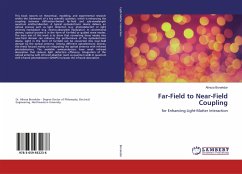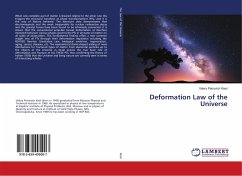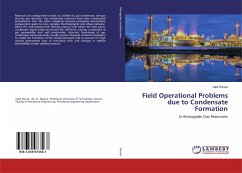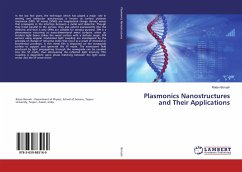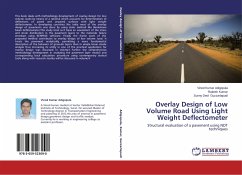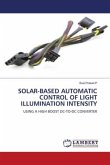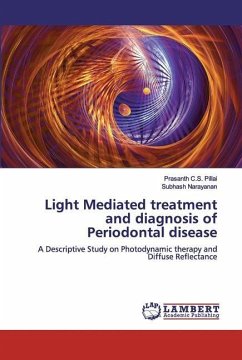This book reports on theoretical, modeling, and experimental research within the framework of a key scientific question, which is enhancing the coupling between diffraction-limited far-field and sub-wavelength quantum emitter/absorber. A typical optoelectronic device delivers an optical process such as light detection (e.g. photodetector) or light intensity modulation (e.g. electro-absorptive modulator). In conventional devices, optical process is in the form of far-field or guided wave modes. The main aim of this work is to show that converting these modes into near-field domain can enhance the performance of the optoelectronic device. Light in the form of far-field can be converted into near-field domain by the optical antenna. Among different optoelectronic devices, this thesis focuses mainly on integrating the optical antenna with infrared photodetectors. The available semiconductors have weak infrared absorption that reduces light detection efficiency. Integration of the optical antenna with infrared absorber (such as quantum wells in quantum well infrared photodetector (QWIP)) increases the infrared absorption.
Bitte wählen Sie Ihr Anliegen aus.
Rechnungen
Retourenschein anfordern
Bestellstatus
Storno

